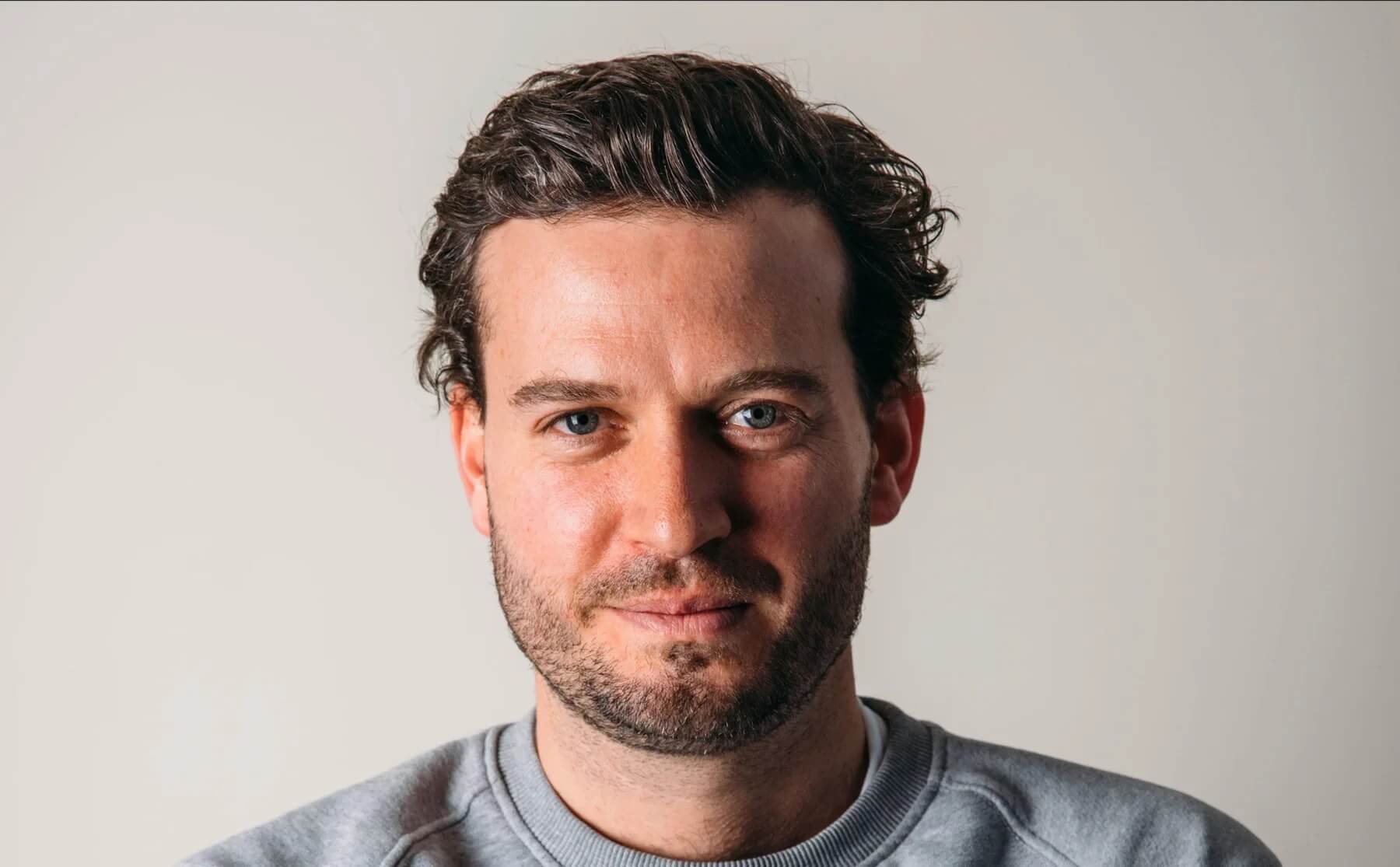Where to put my innovation team, a CEO dilemma solved
How to avoid a protracted debate on where in the organisation the innovation team should sit so you can focus on the things that really matter
By Rob Haines, Partner
As a consultancy that specialises in innovation and growth, we’ve often helped structure and set up many innovation capabilities for major corporates — and we’ve kept a close eye as COVID has derailed well-laid growth strategies, tactics and capabilities.
Encouragingly, we have seen many of these innovation teams get much sharper mandates and better executive sponsorship due to a new sense of COVID-inspired urgency around many of the mandates that traditionally fall under innovation teams: digital transformation, new business models, and rethinking channels and expanding reach.
While there have been plenty of budget cuts — and in some cases a ‘wait and see’ mindset — , all the teams we know remain intact. Most CEOs, having had the impetus to create these units, are rightfully committed to seeing them have the impact they intended.
One open question that remains a source of constant debate is ‘where do I position my innovation team for maximum impact?’
The CEO of a media company recently remarked to me that, the easy part is agreeing that transformative change is coming to your industry. Working out what you want to do about it often isn’t too hard either, he said. The much harder part is how to organise oneself to capture the growth and where on earth to put ‘innovation people’.
There are two main dimensions to this debate: proximity to and from the core business, and then specifically, which part of the business to put them in.
On the one hand, if you deeply integrate these teams into a business unit, while they will benefit from the full backing of the business, their ambition will likely be stifled by cautious executives and they will get caught in the well documented corporate treacle that kills most new ideas. Put them in a completely isolated ivory tower, and while they will lounge in beanbag cushioned freedom, they will probably end up being denied the access they need to the precious assets of the core business to build and scale their best opportunities.
This tension is well understood, and as such, we often end up in lengthy debates about where to put these teams. Over the years we have seen it all: in the business units, in marketing, under strategy, under finance, and even under the Chief Economist.
I hosted a dinner last year where we put the question of where to put these units to a group that included the CEO of a global advertising business, the Head of Strategy for an energy company, and the CMO of a Telco. After energetic debate the conclusion was unanimous: it doesn’t matter.
Experience tells us that the location of the team isn’t the defining factor of whether they are successful or not. However, wherever they do sit, a few key things need to be true:
- They need CEO backing. It is inevitable that before long this team will need permission to do things (e.g. cannibalise existing business models, use the corporate brand or customer data for a new venture) that only the powers that be can unlock
- The level of detachment from the core should correspond to the ambition of the effort; the more disruptive, the further from the core
- There should only be 1 (maybe 2 for a really big organisation) homes for the really ambitious sorts of innovation we are talking about. Any more and the politics will stifle the progress
- The leader of the unit needs to be both brave and political. Vision and bravery without the ability to navigate the politics will likely mean that leader won’t last long. Politics without the bravery will likely mean they will lack the grit and conviction to win the inevitable fights with the business and executives to take the risks needed. You might find this all in one person but if you can’t pick a leader from the existing executives, let them keep their old responsibilities in addition to innovation and bring someone new in for the ‘radical thought’ processes needed to find the growth where others couldn’t
All too often we have seen these teams lacking the executive sponsorship they need to do the things they want to, starved of the assets of the core business and led by the wrong people who have the politics but not the guts or the other way around.
On the flip-side, there are a good number who have cracked the operating model, often in financial services, an area where corporates have been trying harder for longer to harness the tech driven growth in their industry.
Our capability design workshops have helped lots of leadership teams navigate these questions and each time we end up with a different reporting structure. There is no single answer, the right one for you is specific to your context.
Inspiring successes have come from clients like the large payments company who gave ownership of their relationship with big tech to the innovation team (a huge P&L), meaning the business had things to lose by not engaging them. Or the bank who have a tiny core innovation team reporting to the COO who have incubated 5 major new revenue lines and businesses in the last 3 years and embedded them within the relevant business units.
Every organisation needs its own flavour of innovation capability depending on their industry, strategy and organisation, and most have something already. If you do, but the innovation team isn’t having the impact you envisioned — and you haven’t given up the good fight — then take advantage of the COVID-driven structural change happening in so many corporations right now and fight for the structure you need to be successful.
When you do, try not to get lost in the ‘where to put it’ question, focus more on the core pillars that will make it successful, executive sponsorship, a clear mandate for the really ambitious stuff and leadership that is brave enough to take risks and can play the politics of the organisation.

At Founders Intelligence, we help major corporations access new growth opportunities by innovating around their business model and consumer propositions.




